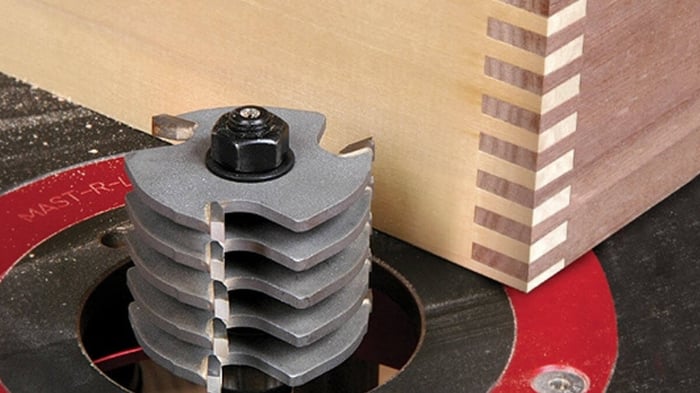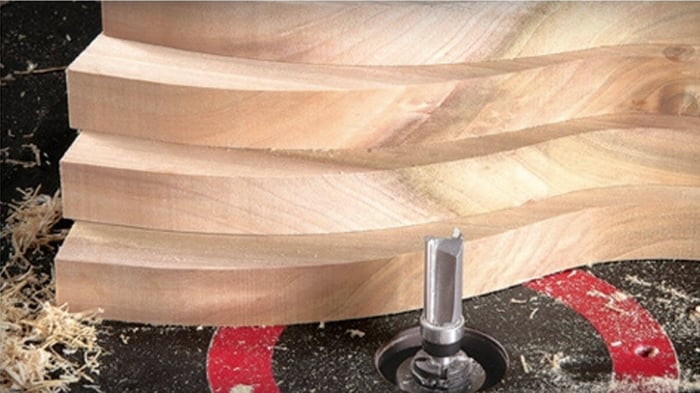
An Easy Way to Make A Strong & Beautiful Box Joint
A box joint, or finger joint, is a staple in woodworking due to its robust structure and aesthetic appeal. This guide simplifies the creation of box joints, covering tool selections, common types, and maintenance tips to enhance your woodworking projects.
What is a Box Joint?
A box joint connects two wood pieces using interlocking fingers, renowned for their strength and precision. This joint type is crucial for structures requiring durability, like drawers and boxes, providing a significant surface for glue application which ensures a robust bond.
Types of Box Joints
- Standard Box Joint: Features interlocking fingers with square edges, commonly used for its simplicity and strength.
- Through Box Joint: Fingers extend through the wood, visible from both sides, often used in decorative applications.
- Half-Blind Box Joint: Hides the joint on one side, providing a clean look, suitable for front-facing drawer parts.
- Finger Joint (Comb Joint): Offers increased stability and aesthetic flexibility for custom designs.
Essential Tools for Crafting Box Joints
For efficient box joint creation, a router with a specialized box joint bit set, like the Amana Box Joint Router Bit Set, is recommended. This tool can cut multiple fingers simultaneously, significantly speeding up the process.

Benefits of Using Box Joints
- Durability: Box joints distribute stress over a larger area, making them ideal for heavy-duty use.
- Versatility: Suitable for various applications, allowing for both functional and decorative use.
- Aesthetic Quality: Adds a professional finish to any piece, enhancing the overall design.
Common Mistakes to Avoid
- Misalignment: Ensure accurate measurements and use jigs for precise cuts.
- Improper Gluing: Apply sufficient glue and use appropriate clamping techniques to avoid weak bonds.
Maintenance Tips for Box Joint Tools
- Regular Cleaning: Remove debris after each use to maintain tool efficiency.
- Blade Sharpening: Keep blades sharp for clean, precise cuts.
- Proper Storage: Store tools in a dry, stable environment to prevent rust and wear.
By mastering these techniques and avoiding common errors, you can create high-quality woodworking projects with durable and aesthetically pleasing box joints.





